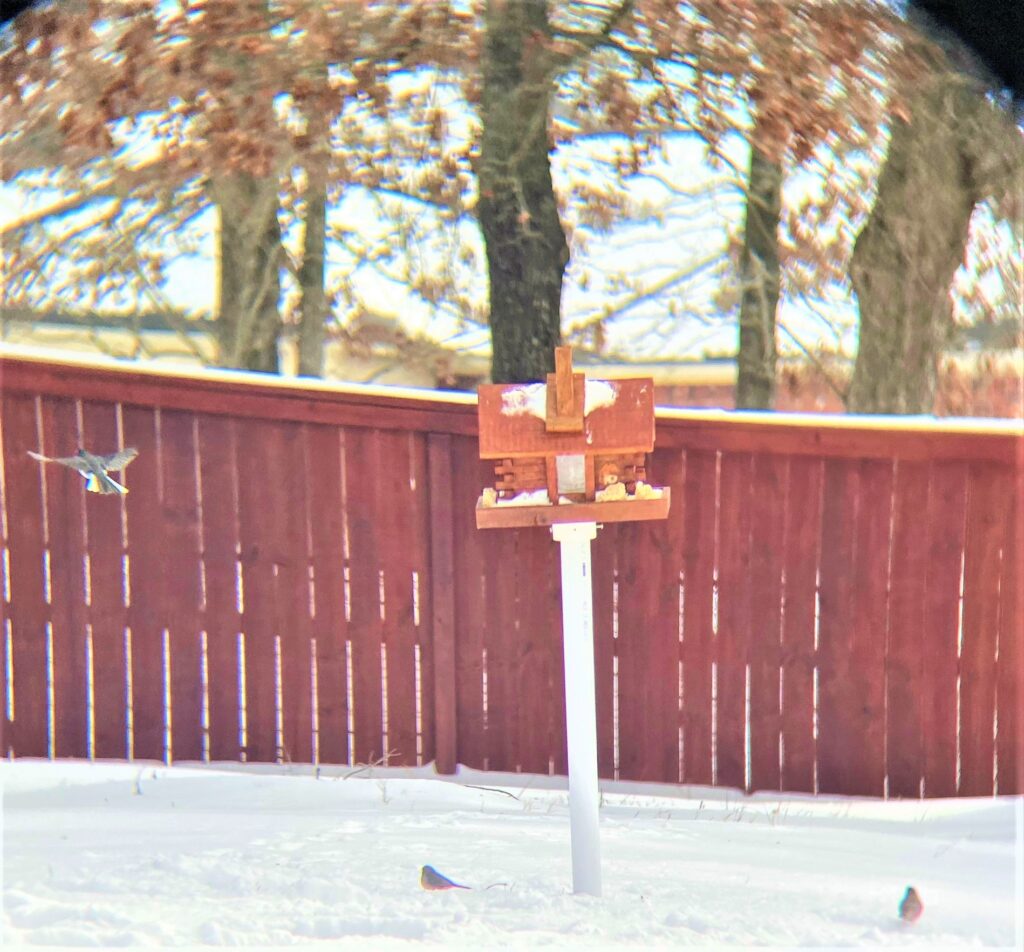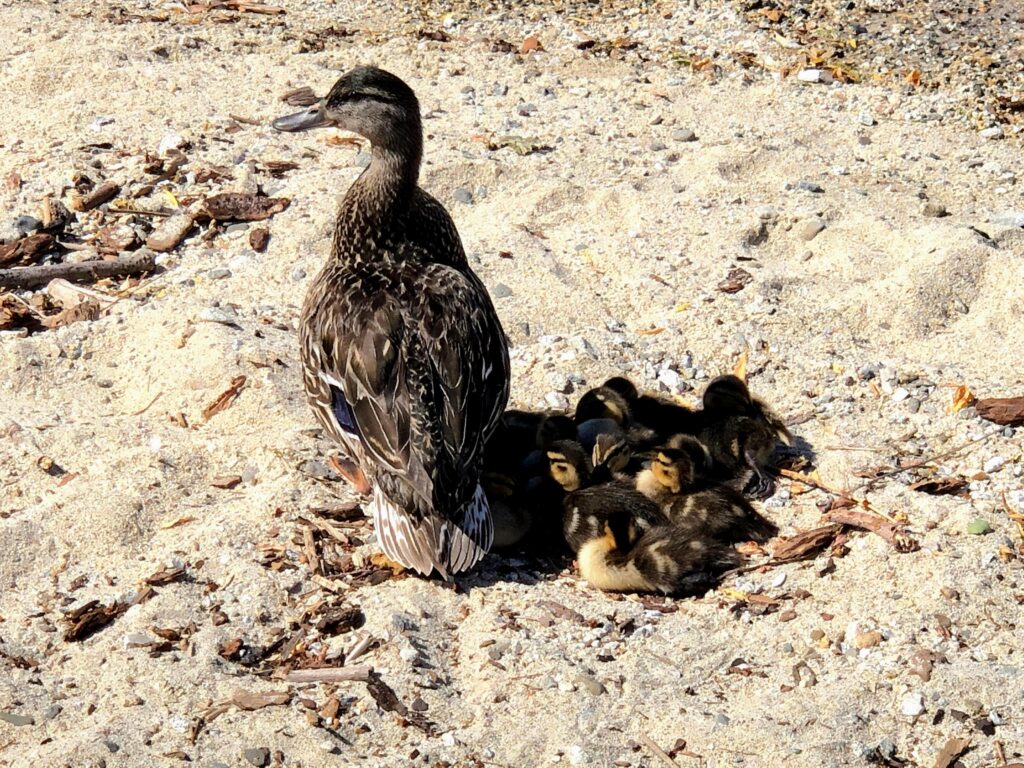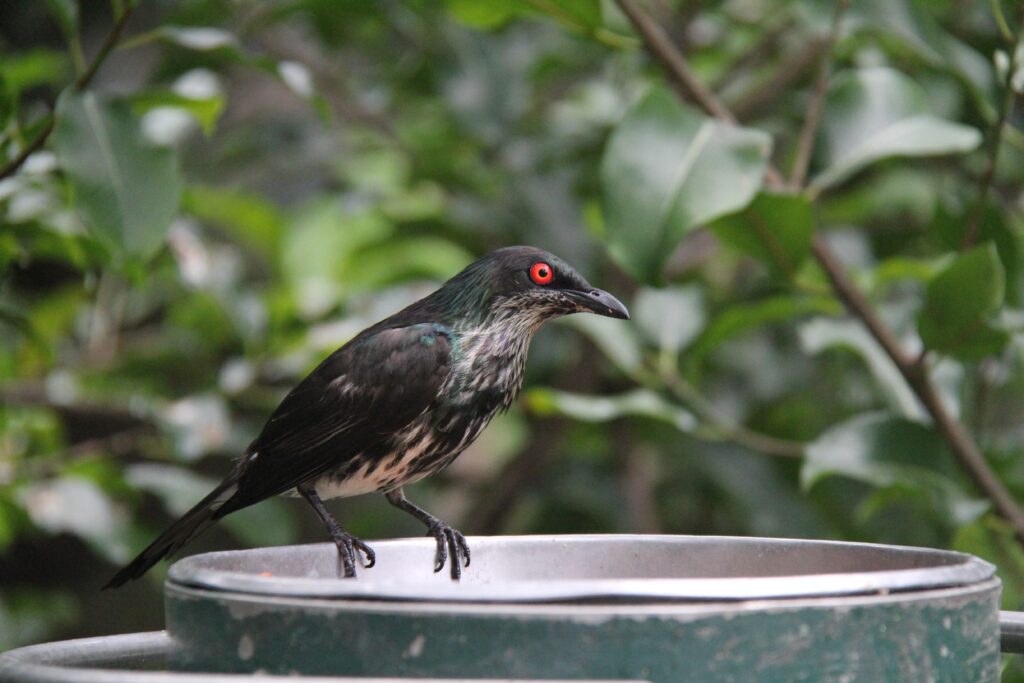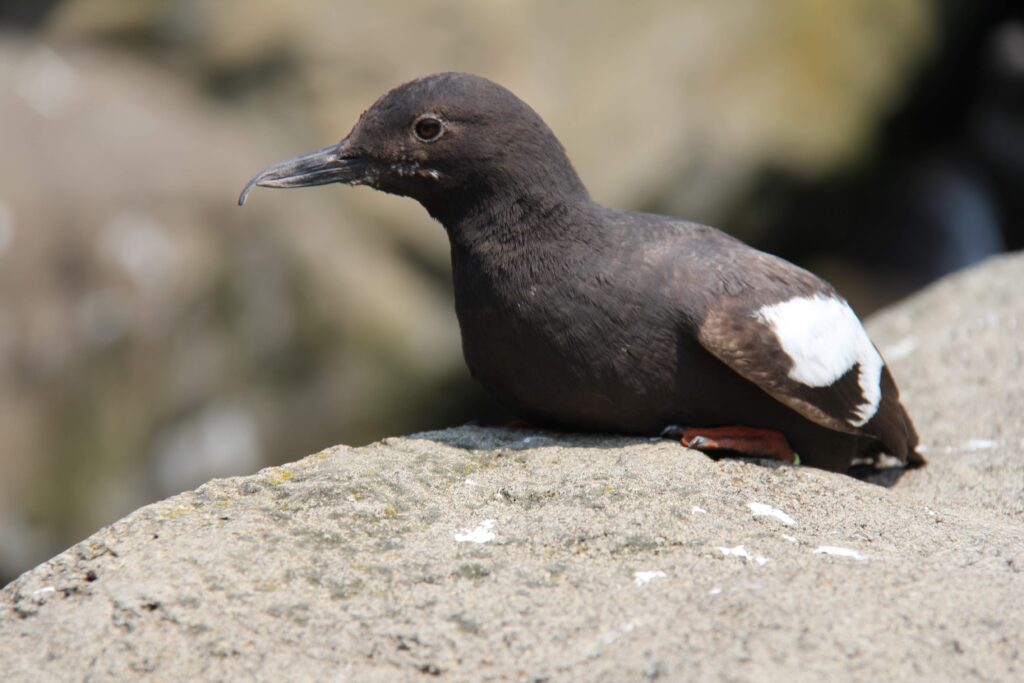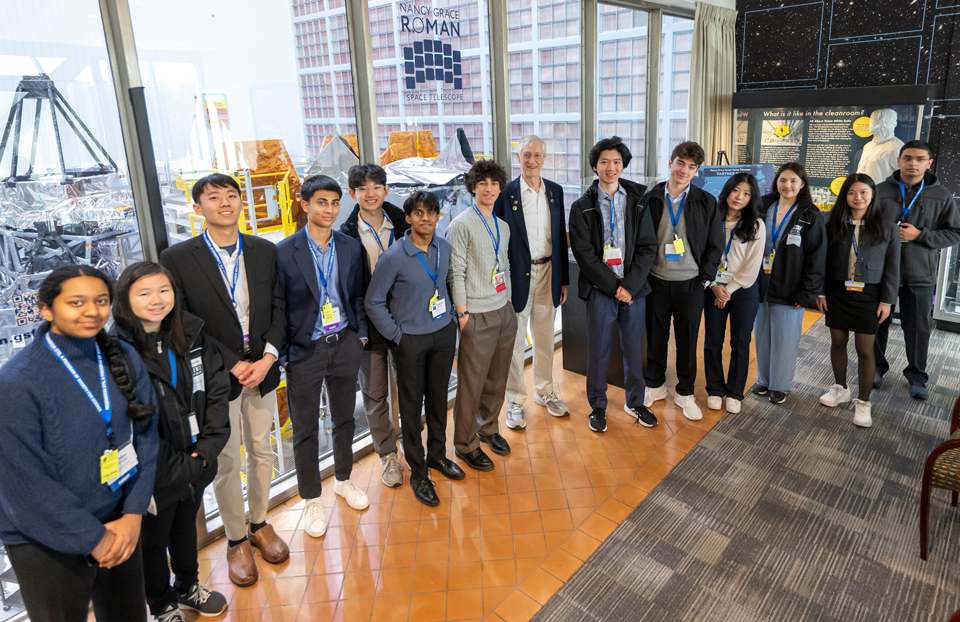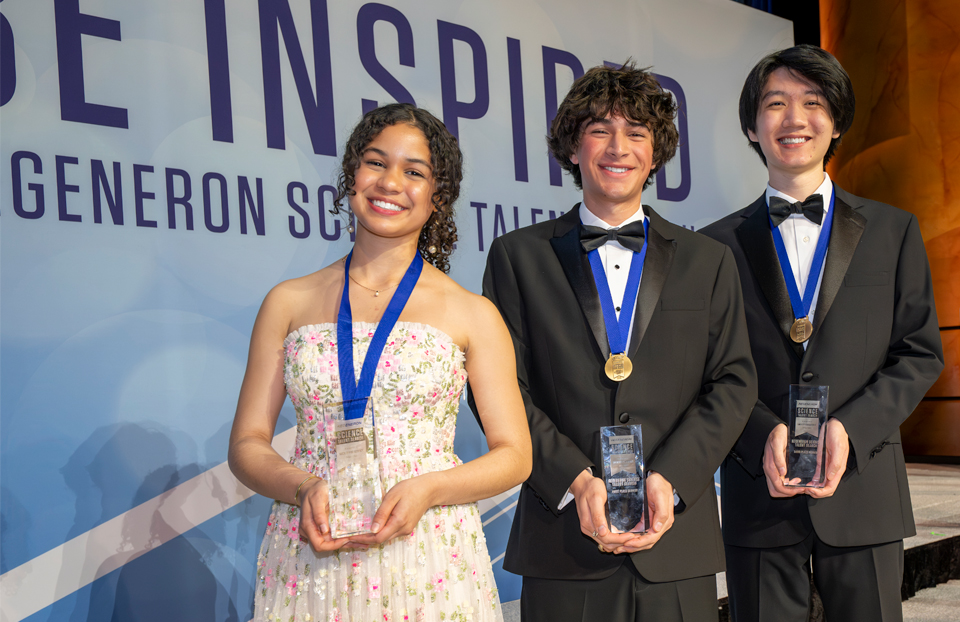Regeneron STS, Young & Amazing
Beekeepers, bird watchers and farmers: 6 young scientists share their love of nature and animals.
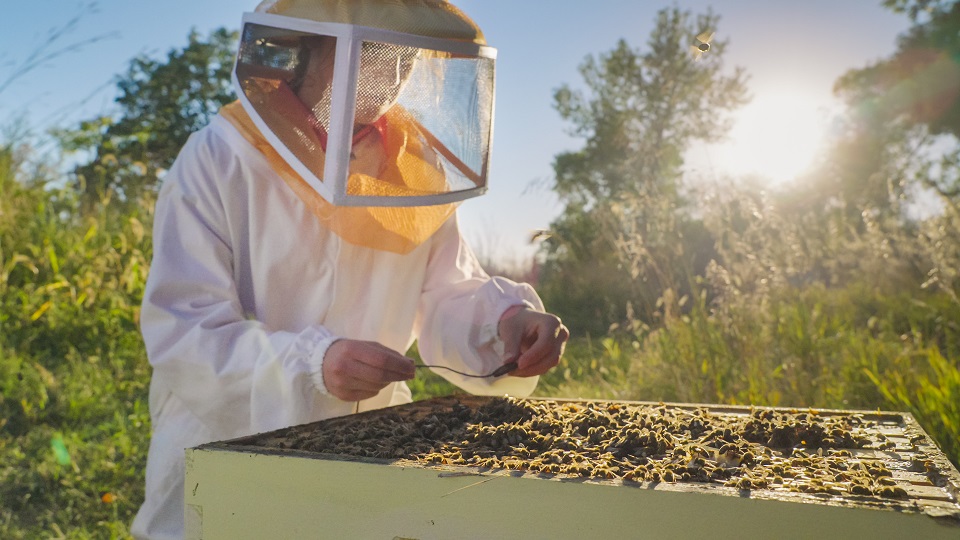
Many scientists, including finalists in the Regeneron STS 2022 class, come to the field through vivid childhood experiences they’ve had in the natural world. From family camping trips in the great outdoors, hiking on the rugged trails of natural parks, citizen science projects counting and identifying birds or just listening to the sounds of animals resounding through the night sky, a love of science can often begin through enchanting memories out in the wild. This year, there are several STS finalists who live on farms, take part in birdwatching and more! Let’s learn about a few of them below.
Atreyus Bhavsar
The Blake School — Northrop Campus (Minneapolis, Minnesota)
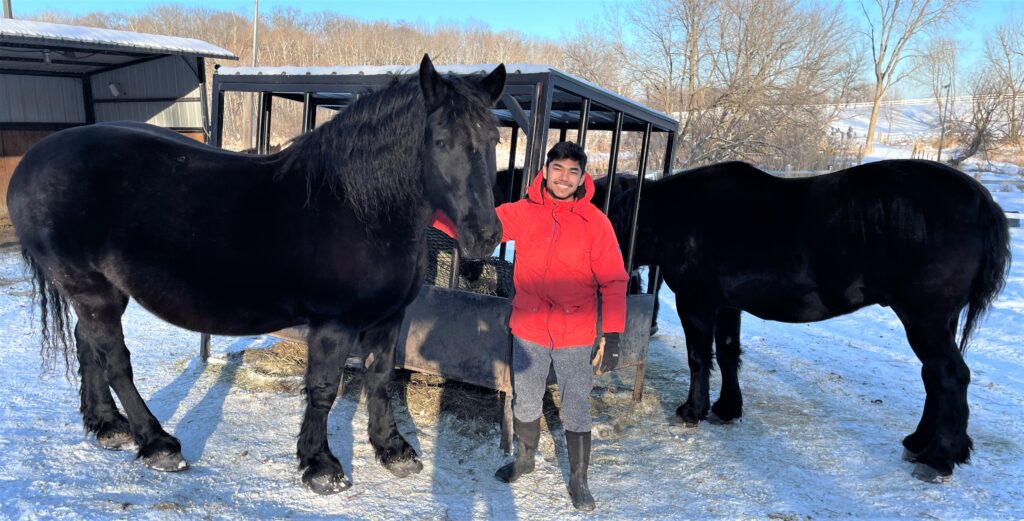
Atreyus loves all things outdoors. During his free time, he works on wood projects, ranging from a 5’10” cat tree with innovative features to a Thor’s hammer bookend. And because he was raised on a farm in Minnesota, Atreyus is used to being around animals, such as barn cats, ducks, geese and draft horses. He says, “I’ve raised multiple generations of ducks and geese. I also shovel manure with my family in the cool night air, which may not seem like a hobby, but for me, it’s a time to relax outside.” When he’s not on the farm tending to his animals, Atreyus tries to break Guinness World Records, plays competitive squash and hockey in an adult recreational league.
Elijah Burks
Caddo Parish Magnet High School (Shreveport, LA)
Elijah’s Regeneron STS research project is not only focused on animal sciences, specifically looking at how acidification impacts the life of freshwater clams, but in his off hours, he has also become an avid birdwatcher. In fact, he has been a fan of our feathered friends for three years, all thanks to his grandfather who introduced him to the hobby and shared his craft of building birdhouses and feeders. Elijah says, “Watching birds allows me to enjoy nature and take a break from the stresses of life. Seeing the same birds come back to my birdhouse year after year makes me believe I am helping their family grow and sustain their population that is dwindling due to habitat loss.” Right now, some of Elijah’s favorite birds include the cedar waxwing and common red-tailed hawk. He adds, “I feel as if we can learn a lot from birds due to their communal nature and willingness to work in a group. My favorite moment from bird watching recently is when there was a snowstorm (rare in Louisiana) and the birds ate from my feeder the entire week!”
Vivien He
Palos Verdes Peninsula High School (Rancho Palos Verdes, California)
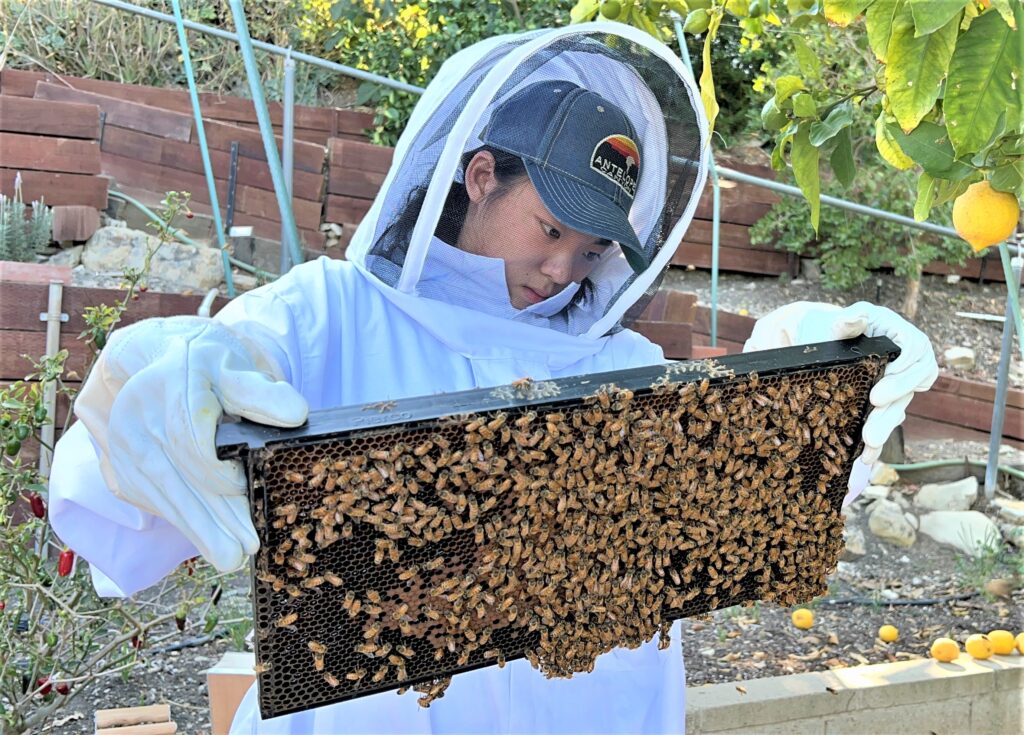
After reading Bone Gap by Laura Ruby several times, Vivien’s fascination with the lives of the beekeeper characters grew. She thought she’d become a beekeeper herself and started by joining her local beekeeper association. “I built and keep a bee colony of about 50,000 bees in my backyard. I joined the Beekeepers Association of Southern California, learned beekeeping through their classes, and drove for hours to get my first nuc, a small hive of bees.” On her way home after picking up the bees, she found that several were flying around her head in the car, but that didn’t intimidate her in the least. “I regularly feed the bees with sugar water, inspect and clean the beehive, and block invaders like ants. My bees have adorably infectious energy – it’s super fun watching them up close.”
Neil Chowdhury
Phillips Exeter Academy (Exeter, New Hampshire)
STS finalist, Neil Chowdhury, attends school in New England, a part of the country abundant with serene trails, towering trees and bustling wildlife. Neil gets outdoors as much as he can, going on hikes in the woods with friends. He has seen turkey vultures and eagles. Neil says he is captivated by documenting his experiences outdoors via photography and says, “I have 1,083 pictures of birds on my phone. I’ve seen birds doing all kinds of things, from mother ducks coaxing their young to jump into water to seagulls performing cannibalism. When I see a robin, junco, sparrow, goose, mallard, jay, or even a city crow, I take a picture.” If he could be an animal, Neil says he would be a bird, because that would enable him to see the world from a birds-eye view!
Max Bee-Lindgren
Decatur High School (Decatur, Georgia)
In late January and February, Max Bee-Lindgren, begins preparing and researching stork migration patterns for a club they are involved with at their school called the Fantasy Stork Club, a bird-based fantasy race. Max says they love the racing and statistics aspect of the Fantasy Stork Club because it is an interesting data analysis problem. They explain that there are a group of storks, mainly from different regions of Spain and the western coast of Africa (Morocco and Mali primarily) that make a northern migration to Germany every spring. In the fall they migrate south, back down to their original country of residence. The overall goal for the students in the club is to place their predictions — on 4-5 storks each — that have the fastest arrival time in Germany. Through using an app called Animal Tracker, all high schoolers are welcome to select the birds who fly the fastest.
Amara Orth
Lewis Central High School (Glenwood, Iowa)
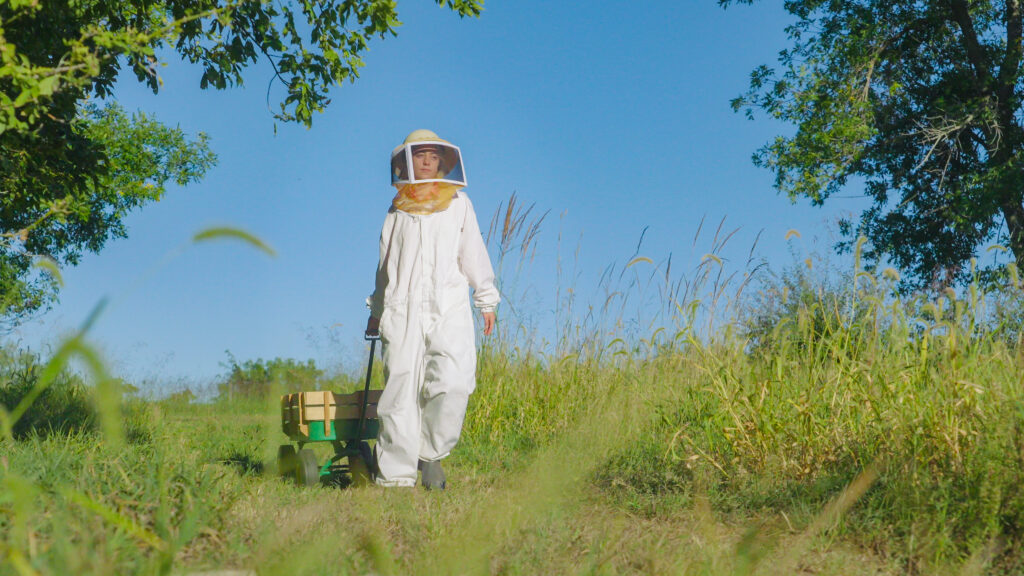
Through her project, Amara discovered that bees have a secret language. She translated this language using honeybee vibroacoustics to predict bee colony health with 92% accuracy. Amara lives on a honeybee farm in Iowa and comes from a long line of beekeepers. On the 23 acres of land, she calls home, there are 20 chickens, a dog and lots of bees!
She says, “When I was six years old, I remember visiting my grandparent’s honeybee farm in a rural wooded area of Northeast Iowa. I remember the intense curiosity I felt when I held drone bees in my hand for the first time. I also remember hearing my grandfather’s stories about his bees and farming and began to see connections between human activities and other life on earth. This was when I first became interested in ecology and science more broadly.” Amara, an apiarist at heart, has taken her interest a step further by founding a nonprofit called Bee Analyzed, an organization that provides pollen analyses for Iowa beekeepers to improve the marketability of locally produced honey. “Providing pollen reports for local beekeepers allows them to understand the environmental impacts of local agriculture on their honey composition.”
Stay tuned for the Regeneron Science Talent Search winners’ announcement on the evening of March 15. Bookmark the link to watch the awards ceremony livestream when we will announce the winner of the $250,000 top award.

